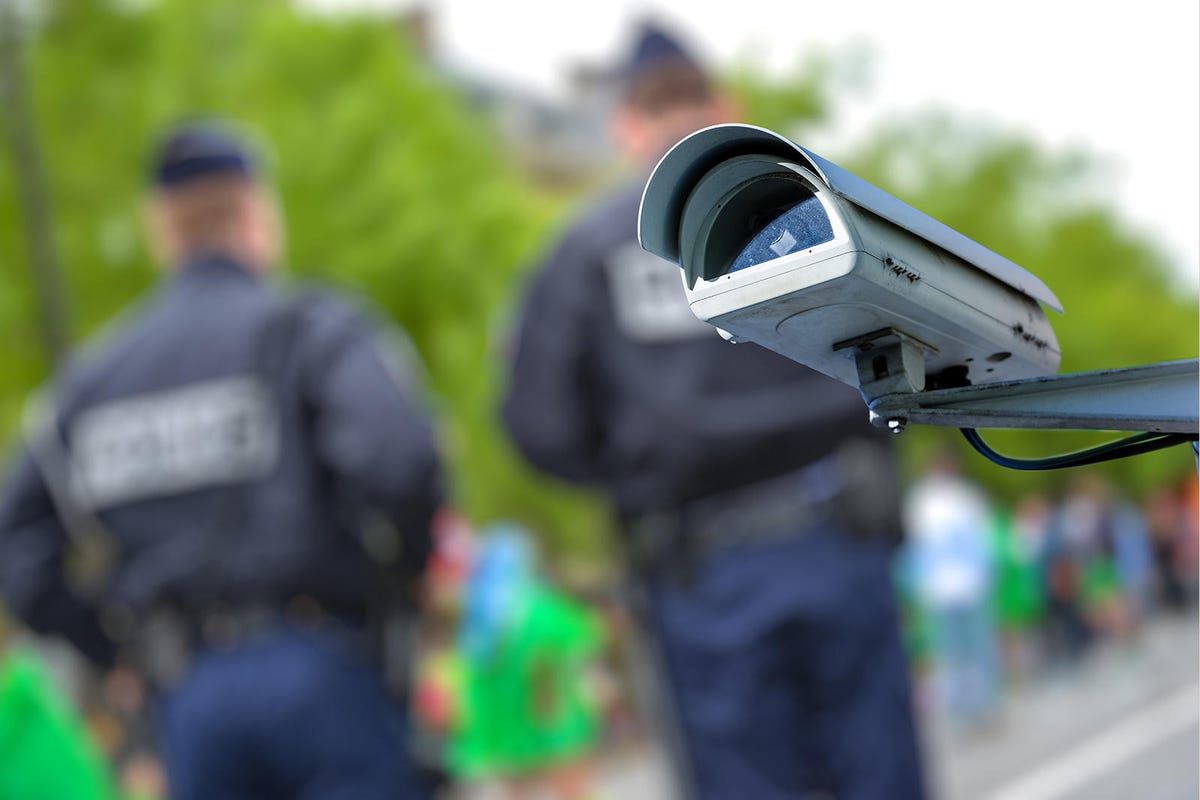
The New South Wales Police Force is in the process of bringing its back-end into the 21st century, turning to Microsoft and its Azure cloud platform for help.
According to Microsoft, the force is retiring, re-architecting, or replacing over 200 legacy systems with cloud-based systems. Part of this transformation is changing the way the force analyses CCTV footage.
Labelled as the “AI/ML-infused Insights policing platform”, the system essentially speeds up the processing of data. In one example, NSW Police collected 14,000 pieces of CCTV as part of a murder and assault investigation and analysed it in a manner faster than it previously could.
“The AI/ML infused Insights platform ingested this huge volume in five hours and prepared it for analysis by NSW Police Force investigators, a process that would otherwise have taken many weeks to months,” Microsoft said in a case study prepared alongside NSW Police.
“Detectives were able to then within days piece together the time sequence of events, movements, and interactions of the person of interest as well as overlay this onto a geospatial platform, visualising the data for detectives and aiding in the preparation of the brief of evidence for Courts.
“Leveraging Microsoft Azure cognitive technologies, machine learning, and deep learning capabilities, NSW Police has been able to train the system on image classification allowing it to interpret petabytes of CCTV footage automatically and at speed provide rapid access to leads that officers can pursue to ultimately solve crime faster.”
Must read: Human Rights Commission calls for a freeze on ‘high-risk’ facial recognition
The platform can also turn voice to text, allowing for the speedy transcription of police interviews, and can also stitch together CCTV with dash cam footage and then search for objects, including overlaying this on a geospatial solution, the pair added.
“Using computer vision it can search to recognise objects, vehicles, locations, such as a backpack, or a tie, or type of shoes a person of interest might be wearing,” NSW Police CITO and executive director of digital technology and innovation Gordon Dunsford said.
“The system has been designed with ethics front and centre, and in consultation with privacy experts with a particular focus on avoiding bias,” Microsoft added.
Insights is currently hosted internally, but will “shortly” migrate to the cloud. NSW Police, however, is already using a containerisation strategy to parcel up data that needs to be interpreted rapidly, and sending that to Azure for processing.
Elsewhere, the force is also working on its Integrated Policing Operating System (IPOS), which will replace the existing 27-year old central database and be used to manage all the data from operations including triple zero calls, arrests and charges, firearms, criminal investigations, forensics, complaints, and public reports.
IPOS is based on Mark43’s public safety software.
IPOS also provides the force with a single view of a person of interest and can be viewed on an officer’s MobiPol mobile devices.
“It can also provide access to important additional information; for example, alerting police to the fact that the address where they are going to apprehend someone is located next to another house where residents are known to be antagonistic to the police through its geofencing capability,” Microsoft added.
See also: How Victoria Police handled the Bourke Street incident on social media (TechRepublic)
Dunsford said that, at present, officers share MobiPols, but with IPOS there are plans to equip every officer with their own device and access to IPOS.
NSW Police also has plans to replace the legacy data store systems with the Digital Evidence Cloud, and has built a small-scale capability that it has trialled with NSW Police’s Forensics Command.
Dunsford also wants to understand how low earth orbit (LEO) satellites could be used to support police; how data from the Integrated Connected Officer program which collects data from an officer’s firearm, taser, car, and body worn camera can be ingested into Insights; and how drones could be deployed to collect video that could help identify potentially dangerous situations.
Advanced AI and machine learning could, he thinks, be used to train systems to identify everything from the colour, make, and model of vehicles, to a backpack in a crowded street, to finding a particular individual based on their unique gait.
In June 2020 Microsoft said that it would not sell or deploy facial recognition to police services.



